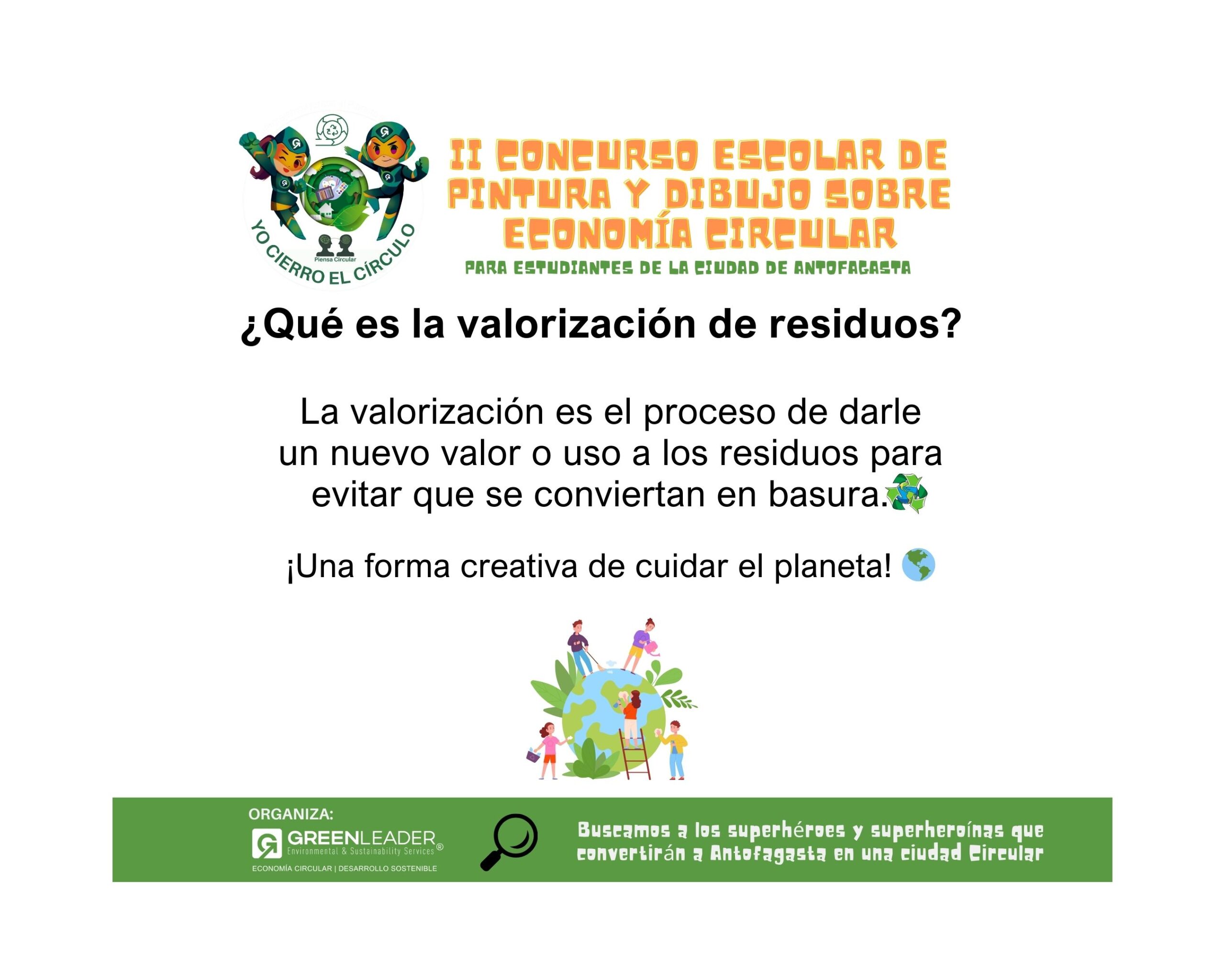By Aníbal Chamorro Alcaíno, Chief Sustainability Officer of Green Leader..
Every economic activity or new project requires obtaining various permits, which are governed by the current regulations in each country. For example, the development of a new large-scale mining operation, from its study stages to execution, may require more than 1,500 environmental and administrative sector permits, which are crucial for the project's progress.
Whenever a company initiates a new economic activity, a new project, construction, or any other endeavor, compliance with current legal and administrative regulations is necessary. This means conducting economic activities in accordance with the regulating norms, obtaining approval for a series of permits associated with project development, and ultimately the projected economic activity.
In 2020, the Inter-American Development Bank estimated that, on average, a mining project takes up to 4.5 years to process in Chile. Two years are spent on the environmental part and 2.5 years on the sectorial part. Similarly, maritime concessions take an average of 3.5 years.
This remains a problem that delays and inhibits economic activities in Chile, as the multitude of permits presents a cumbersome panorama, creating uncertainty and delaying large investment projects. This, in turn, increases the cost associated with inactivity, ultimately discouraging any business or investment in economic activity development.
It is imperative to ensure investors operationalize their investment promptly, providing them with speed, order, and clarity. Simultaneously, it is essential to guarantee the state appropriate control to oversee and supervise the project's functioning.
For instance, for a mining project to progress in Chile, mining companies need to obtain permits from local, regional, and national authorities, of various technical nature, including environmental permits. Each permit entails technical requirements, scientific evidence, models and simulations, reports, studies, the collection of environmental variables for a specific location over periods, or even years – documents that are necessary but also make the process difficult, time-consuming, and often impossible to achieve, hindering the development of the required economic activity.
Technical safety and scientific rigor come into play to ensure that the intended economic activity does not harm or alter the environment in which it operates, guaranteeing the health of the population and the safety of workers. Authorities aim to control and manage as many risks as possible, ensuring economic activity coexists with harmonious human development.
Behind the authority's function is the goal of preventing future risks in the execution of the planned activity, a challenging task as it involves navigating various variables, situations, and parameters that are generally not under 100% control.
The time that authorities may take to validate an activity, ensuring a high probability through the permit that its execution will not pose risks, means a significant delay and greatly increases the cost associated with inactivity. This, in turn, discourages any business or investment in economic activities.
How can the permit structure be improved to provide certainty and speed to investors while ensuring citizens that the business activity will not affect their rights to live in a healthy environment, guaranteeing necessary conditions for a fulfilling life and maximum human development?
We find ourselves in a balancing act between economic development through activities versus the protection and assurance of the environment, society, and individuals living within this environment where the activity is intended.
This dilemma of economic development versus safety, protection, and promotion of human development is not new; it has always existed and is part of the concept of "sustainable economic development." However, with scientific and technological advances in the current world, climate change, and other conditions beyond human control, new risks are appearing more frequently. Conversely, new techniques also emerge to improve and prevent risk realization.
This same dilemma has driven and allowed humanity to strive to do things better and contribute to the scientific and technological evolution experienced in recent centuries. This issue affects all investors, economic groups, medium and large companies engaged in economic activities in Chile. However, it urgently affects not only industrial projects but also the development of transportation, port logistics projects, railways, hospitals, roads, energy projects, desalination plants, construction of sanitation works, sewers, or sanitation plants, real estate projects to improve living conditions for the population. It is not just an issue affecting the development of free enterprise but also the enabling infrastructure guaranteeing better human development.
We are faced with a pervasive problem for companies and investments, as well as the creation of enabling works for the development of our population and society, which has not been solved from the genesis of a project to its operation.
Obtaining and continuously managing permits are the backbone of sustainability, influencing any economic initiative or activity, allowing or inhibiting not only economic development but also threatening works that enable dignified human development and better living conditions.
The underlying problem, personally, is not how we update the structure and countless permits needed to authorize a risky economic activity. The problem lies in: What does society prioritize? Does it want to control all risks or impacts to avoid inhibiting a better quality of life? If society accepts full control of all risks paradoxically, it is also inhibiting the economic and human development it seeks to protect through total risk control. Where is that balance?
Can we reduce the requirements of a permit, or a part of it, if we use financial guarantees to take responsibility for the created risk? Can we financially guarantee the risk or part of it with insurance policies or financial instruments?
Can permits be gradually granted as they allow the commencement of a company or economic activity that must continuously report its operation and functioning? Thus, the permit is perfected as the operation progresses. Or would that bring more bureaucracy and uncertainty to the activity's development?
What will be the perfect balance or equation for this problem? Where is the balance? Perhaps the permit system reform that the government will send to Parliament could shed some light on this issue once it becomes law. Let's hope.












